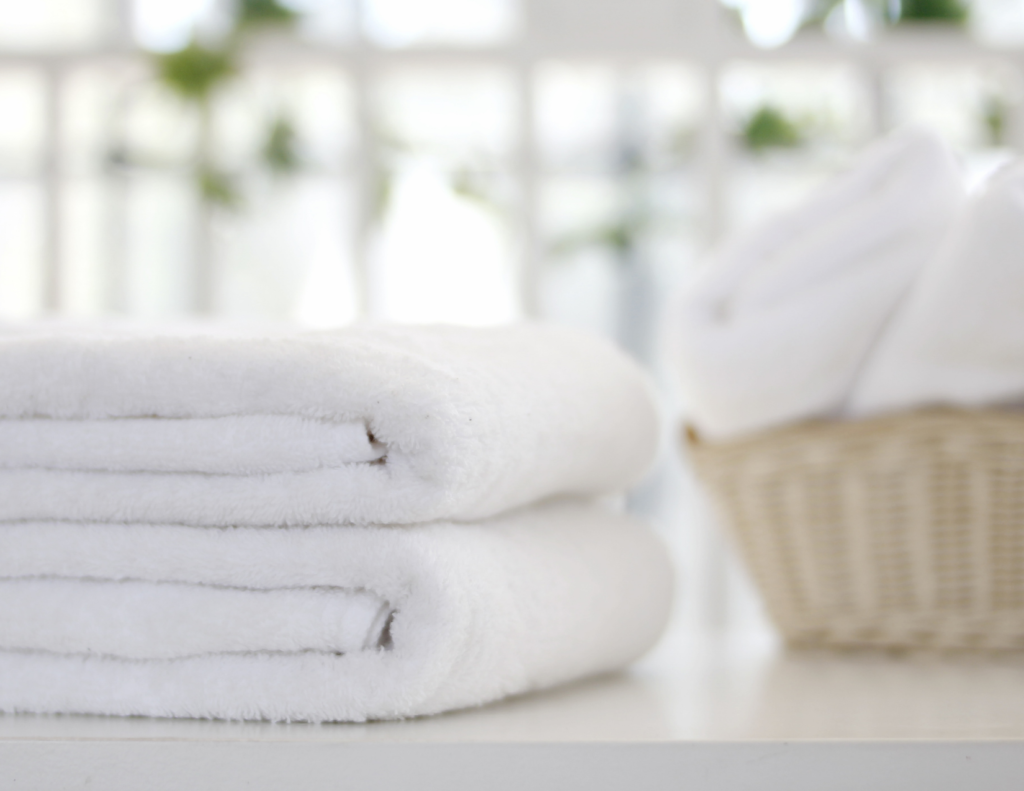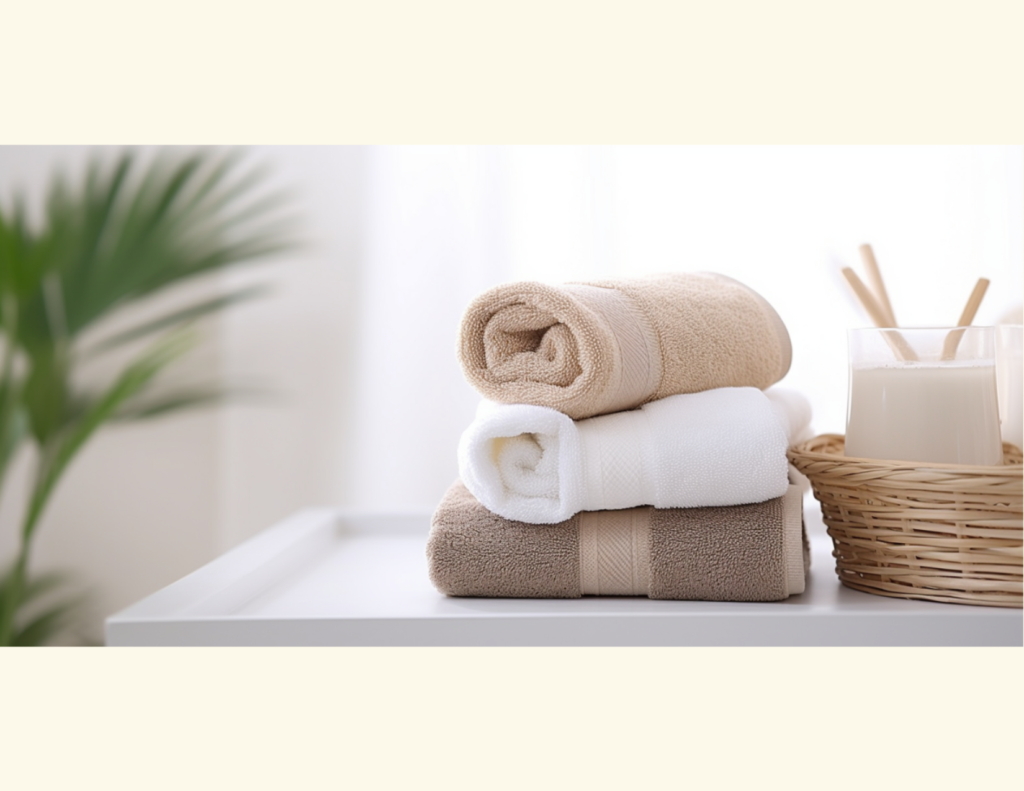Best Way To Remove Stains
The Ultimate Guide to Removing Different Kinds of Stains Safely
Stains are an inevitable part of life, whether it’s a splash of coffee on your favorite shirt or a red wine spill on the carpet. Fortunately, with the right approach and products, you can remove these stains effectively without damaging your items. Here’s a comprehensive guide to tackling different types of stains safely.

1. Coffee and Tea Stains
Fabric: Clothing, Upholstery, Carpet
Steps:
- Blot the Stain: Immediately blot the stain with a clean cloth to absorb excess liquid. Avoid rubbing, as this can spread the stain.
- Use White Vinegar Solution: Mix 1 tablespoon of white vinegar with 1 cup of water. Apply this solution to the stain and blot gently. White vinegar is a safe, natural cleaner that won’t damage most fabrics.
- Rinse and Wash: Rinse with cold water and wash as usual if the stain is on clothing. For carpets or upholstery, blot with a clean, damp cloth to remove the vinegar solution.
2. Red Wine Stains
Fabric: Clothing, Tablecloths, Carpet
Steps:
- Blot Immediately: Blot as much of the wine as possible with a clean cloth.
- Apply Salt: Cover the stain with a generous amount of salt. The salt will absorb the wine. Let it sit for a few minutes, then rinse with cold water.
- Use Hydrogen Peroxide and Dish Soap: Mix 1 part dish soap with 2 parts hydrogen peroxide. Apply to the stain and let it sit for 10-15 minutes. Rinse with cold water and wash the fabric as usual.
Note: Test this solution on a small, hidden area first, as hydrogen peroxide can bleach some fabrics.
3. Grease and Oil Stains
Fabric: Clothing, Upholstery
Steps:
- Blot Excess Oil: Use a paper towel or cloth to blot as much grease as possible.
- Apply Baking Soda or Cornstarch: Sprinkle baking soda or cornstarch on the stain to absorb the oil. Let it sit for 15 minutes, then brush it off.
- Use Dish Soap: Apply a few drops of dish soap directly to the stain. Gently rub it in and let it sit for 5-10 minutes. Rinse with warm water and wash the item as usual.
4. Ink Stains
Fabric: Clothing, Upholstery
Steps:
- Blot the Stain: Use a clean cloth to blot the ink, being careful not to spread it.
- Apply Rubbing Alcohol: Dampen a cotton ball or cloth with rubbing alcohol and gently dab the stain. Continue blotting until the ink lifts.
- Rinse and Wash: Rinse with cold water and wash the item as usual.
Note: Rubbing alcohol can be harsh on some fabrics, so test on a small area first.
5. Blood Stains
Fabric: Clothing, Bedding, Upholstery
Steps:
- Rinse with Cold Water: Immediately rinse the stain with cold water. Avoid hot water, as it can set the stain.
- Use Hydrogen Peroxide: Apply hydrogen peroxide directly to the stain. It will fizz as it breaks down the blood. Blot with a clean cloth and rinse with cold water.
- Wash as Usual: For clothing or bedding, wash the item in cold water with a regular laundry detergent.

6. Mud Stains
Fabric: Clothing, Upholstery, Carpet
Steps:
- Let the Mud Dry: Allow the mud to dry completely before attempting to clean it. Trying to remove wet mud can make the stain worse.
- Brush Off the Dried Mud: Once dry, use a brush to remove as much mud as possible.
- Use a Mild Detergent Solution: Mix a small amount of mild detergent with water. Blot the stain with a clean cloth dipped in the solution. Rinse with cold water and repeat as necessary.
7. Sweat Stains
Fabric: Clothing, Bedding
Steps:
- Use Baking Soda Paste: Mix baking soda with water to form a paste. Please apply to the stain and let it sit for 30 minutes.
- Rinse and Wash: Rinse with cold water and wash the item in the hottest water safe for the fabric.
- Apply White Vinegar: If the stain persists, soak the area in white vinegar for 15-30 minutes before washing again.
Important Tips for Safe Stain Removal
- Test Products First: Always test any cleaning product on a small, inconspicuous area of the fabric to ensure it doesn’t cause damage or discoloration.
- Avoid Heat: Heat can set many types of stains, making them harder to remove. Always use cold or lukewarm water unless otherwise specified.
- Blot, Don’t Rub: Rubbing can spread the stain and damage the fabric. Blotting is gentler and more effective at lifting stains.
- Act Quickly: The sooner you treat a stain, the easier it is to remove. Letting stains sit can cause them to set and become more difficult to remove.
By following these steps and using safe, effective products, you can tackle a wide range of stains without harming your fabrics. Remember, patience and prompt action are key to successful stain removal!


